
The history of Space Age buildings in Toronto
Toronto isn't really known for outlandish mid-century architecture, but if you know where to look, there's a small collection of structures that represent our modest contribution to the Space Age.
And yet even as our most important building, Viljo Revell's City Hall, is heavily influenced by this style, other such examples are every bit an endangered species in this city.
Space Age architecture is a sub-category of what is more broadly referred to as Googie design. Its hallmark attributes are upward sloping roofs, curved arches, the boomerang shape, and other features that suggest a type of movement that defies gravity.
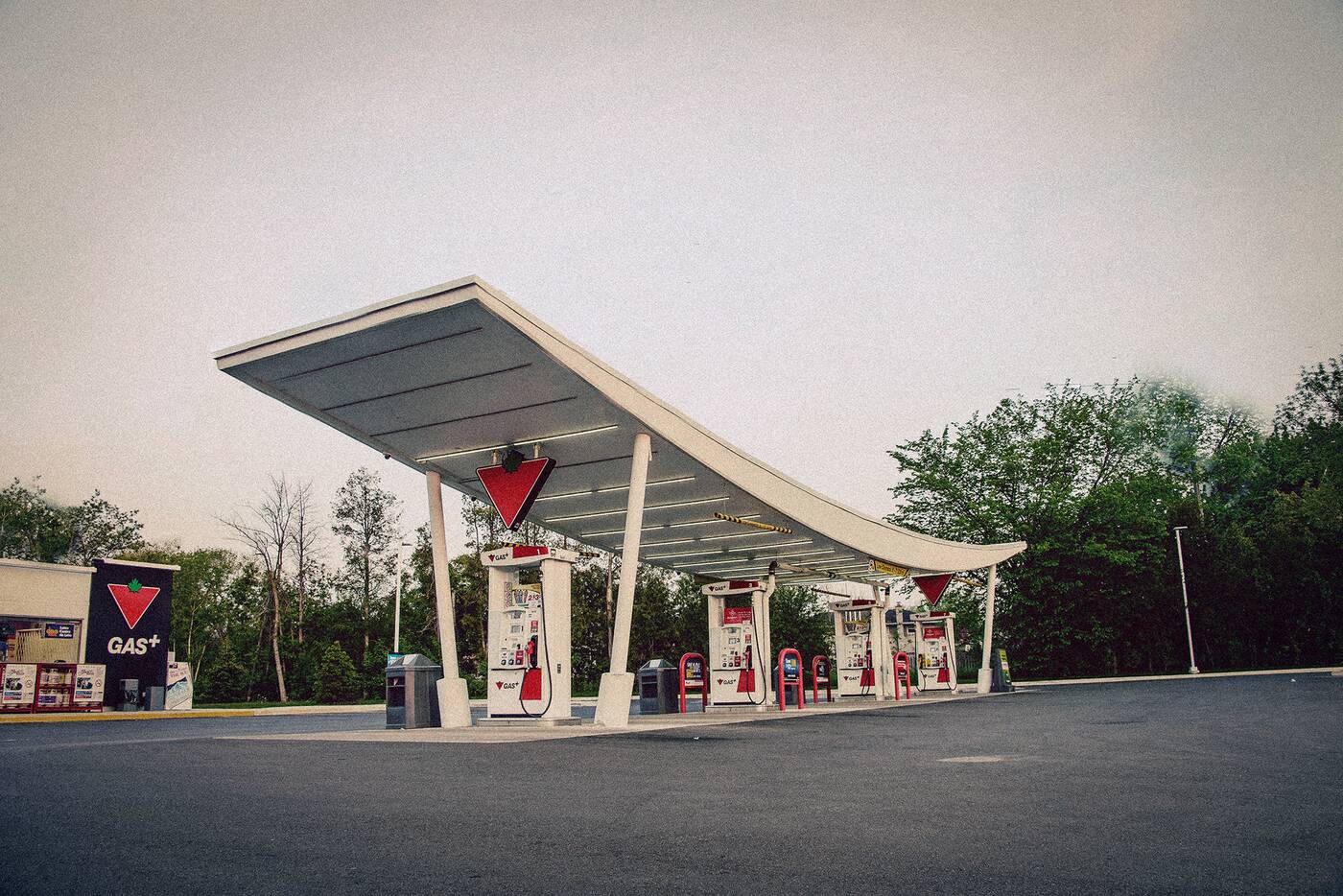
Clarkson-area Canadian Tire gas station. Photo by Francisco Diez.
Very little remains of Toronto's Googie drive-ins and gas bars (though you'll still find an excellent example of the latter on Southdown Dr. in Mississauga).
That's partially because the city's main contribution to this quirky style was buildings that seemed rather literally inspired by space craft.
Sadly, our most outlandish contribution to Space Age architecture was demolished long ago.
Designed by architect Douglas M. Hall, the Don Mills Curling Rink opened in 1960 as part of the master-planned community. The remarkable structure looked every bit like a massive flying saucer had landed in suburban Toronto.
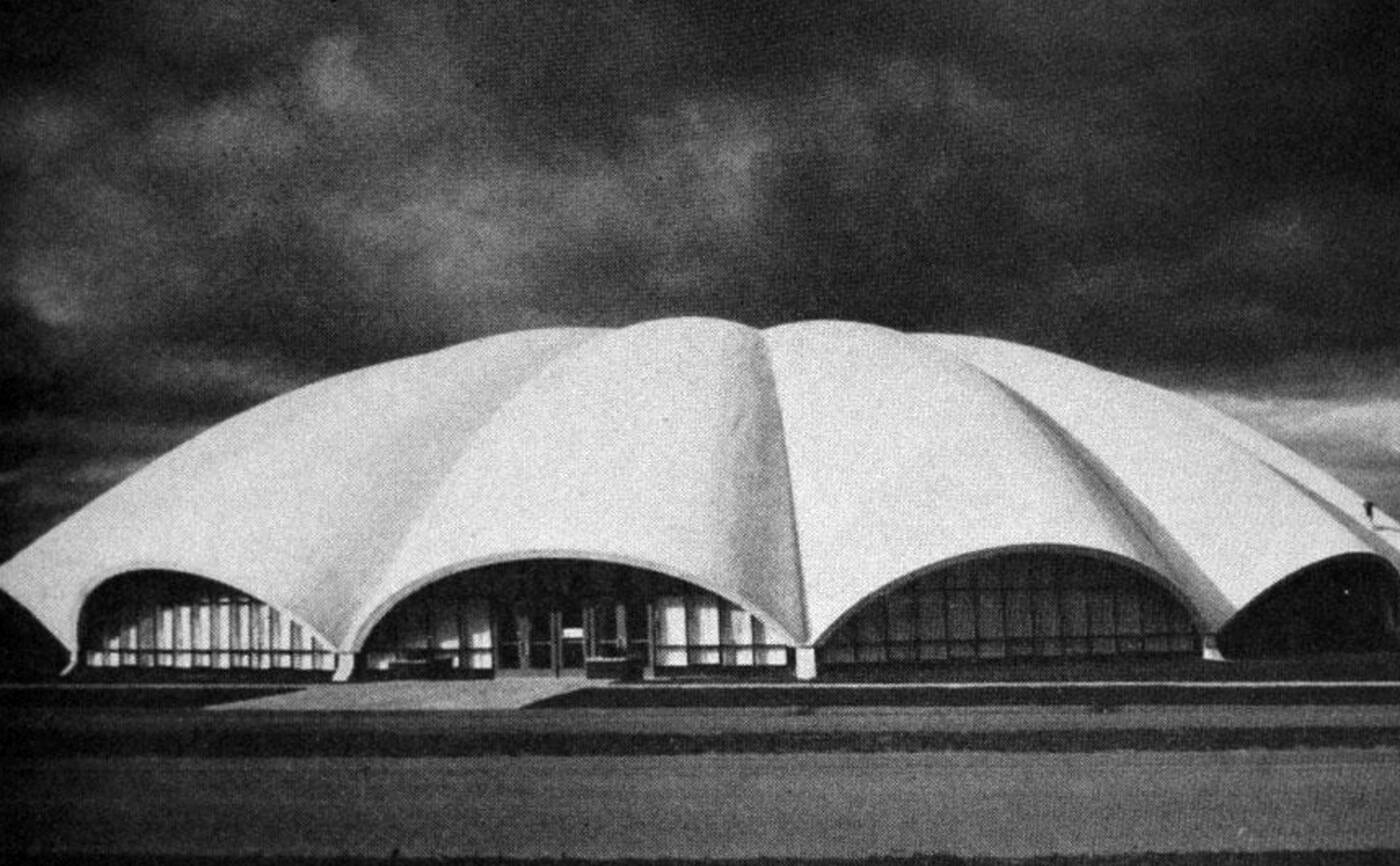
Don Mills Curling Rink.
It only made it until 1986 before it was demolished, a victim of declining interest in curling and the lack of status that comes with use as a bingo hall. Like many modernist buildings, it just wasn't old enough to warrant a major push for preservation.
There are, however, some Space Age buildings that remain in Toronto, many of which are stunning examples of the style even as a number of them face an uncertain future.
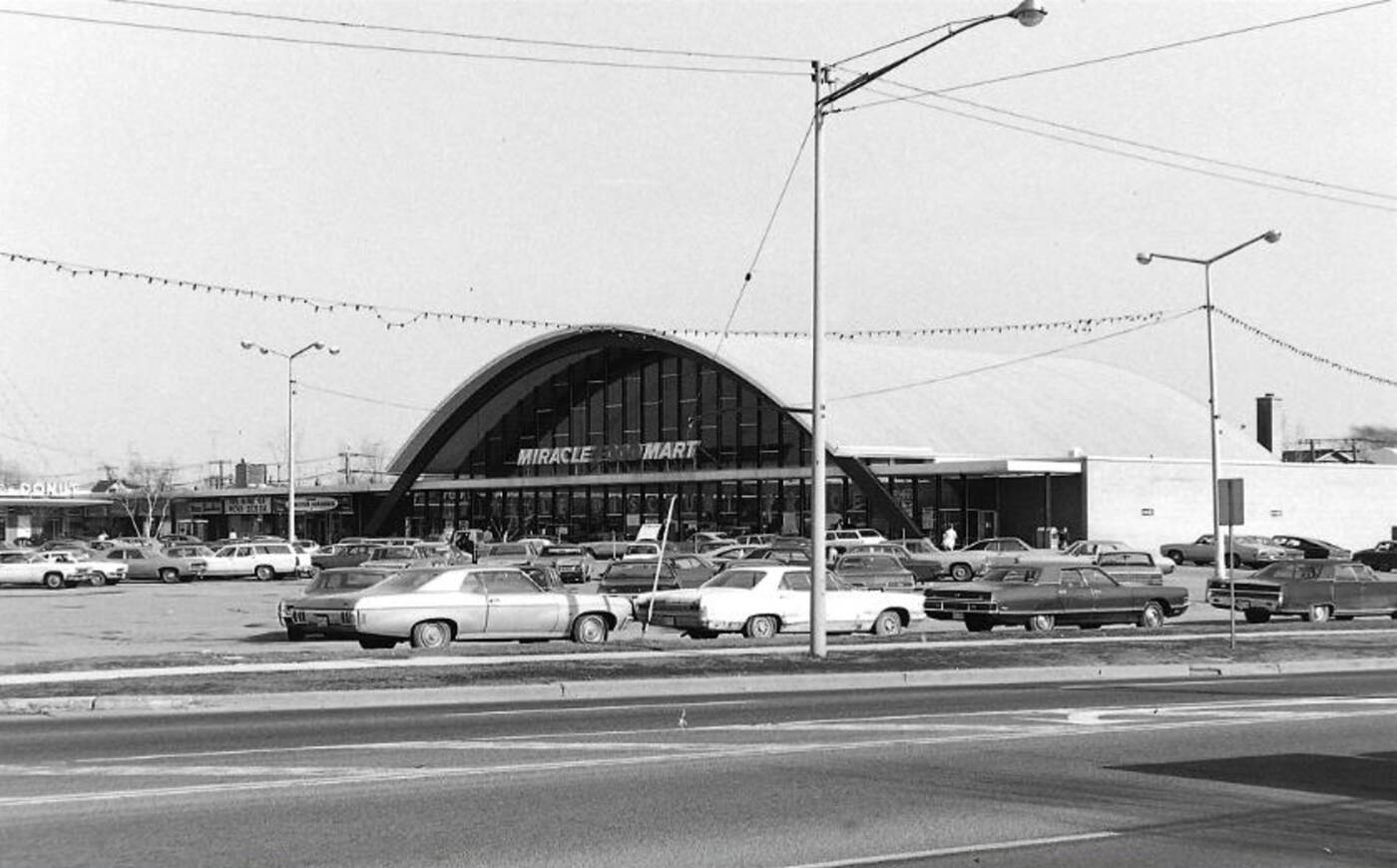
Parkway Plaza in late 1960s. Photo via the Toronto Archives.
Of these, the gorgeous hangar-meets-cathedral supermarket at Parkway Plaza is one of the city's earliest examples of this type of design.
Constructed in 1958, it's survived a number of changes to the mall that reduced its Space Age vibe. It received heritage designation in 2009 and won't be going anywhere.

Davisville Public School. Photo by Robert Moffatt.
Davisville Public School was the most sprawling example of the doomed Space Age in Toronto.
The Toronto Board of Education had its own architectural division when it was built in 1962, and chief architect Frederick Etherington along with primary design architect Peter Pennington were heavily influenced by Googie principles.
Davisville, which was only recently demolished for a new school and community centre, was a bit more boxy than the ur-examples of Space Age design, but one look at the sloped roof and the towering chimney immediately placed the building as a product of this style.
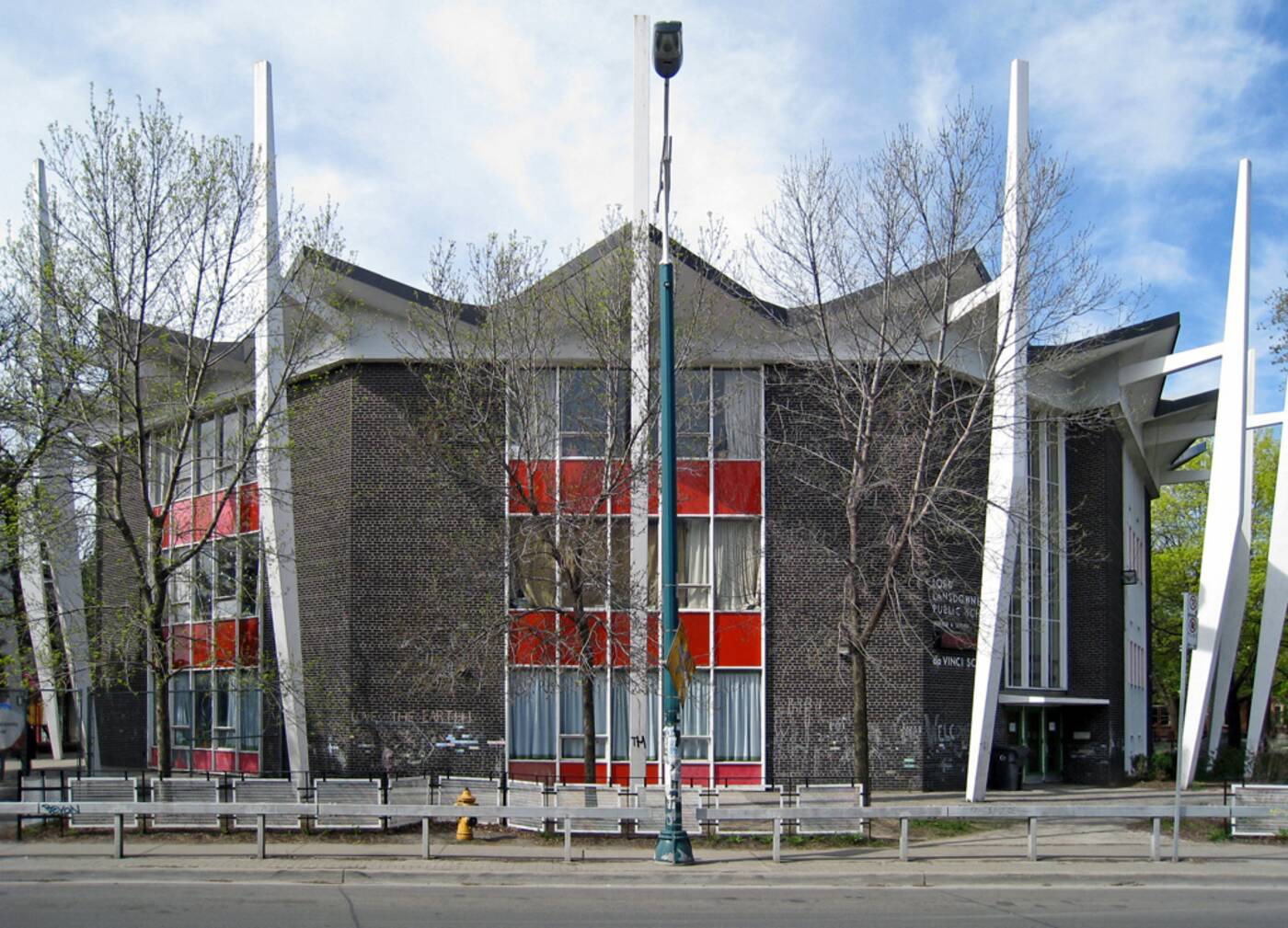
Lord Lansdowne Junior and Senior Public School. Photo by Robert Moffatt.
Even more obvious (and outlandish) in its Space Age features is Lord Lansdowne School just off of Spadina Crescent. This, too, is a building that looks like an alien spacecraft plopped down in Toronto. It was built in 1961, just a year before Davisville. Fortunately, there are no plans to kill it right now.
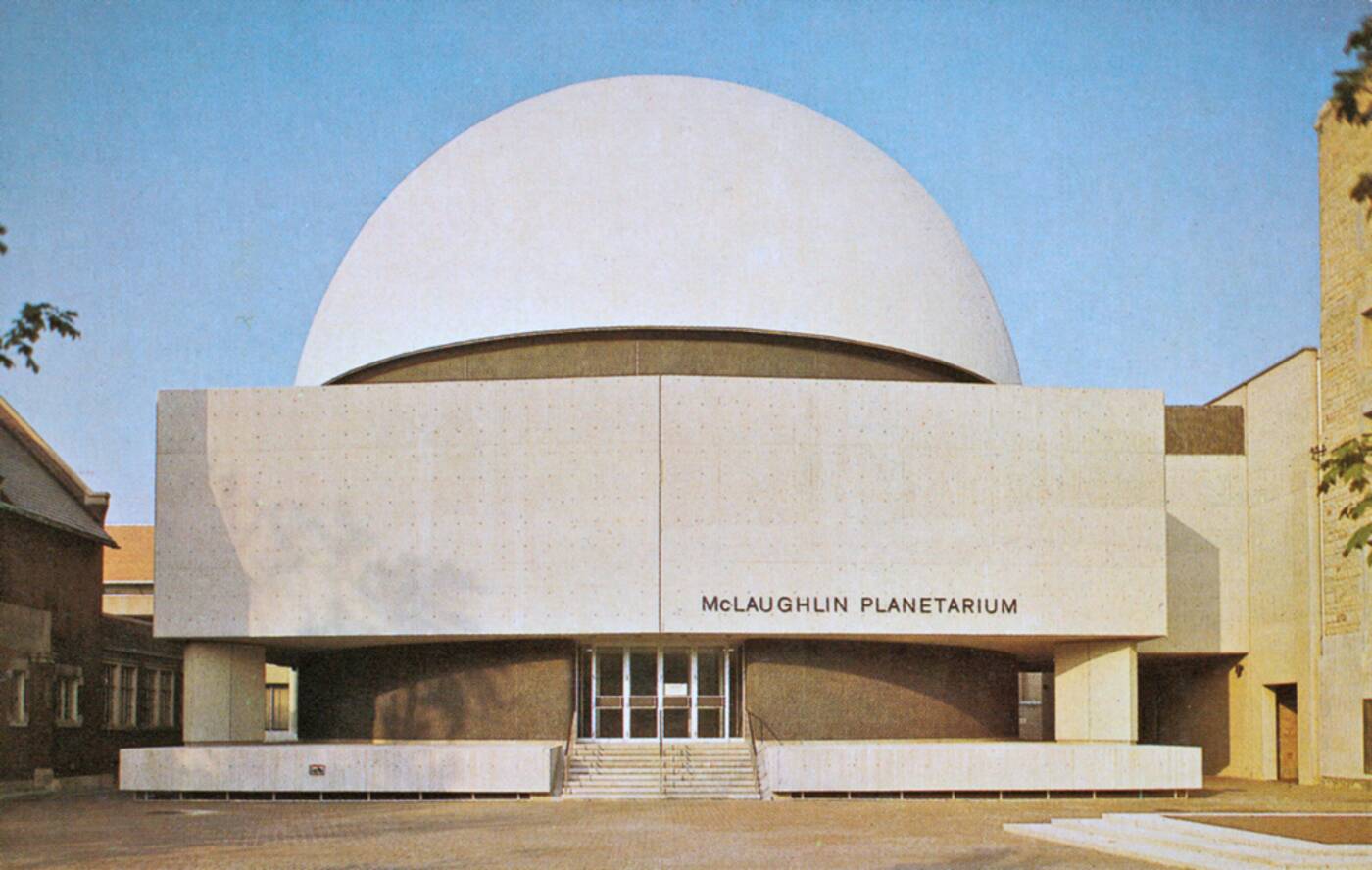
McLaughlin Planetarium when it was shiny and new.
The McLaughlin Planetarium, on the other hand, is currently slated for destruction in favour of a new building at U of T that many people oppose. This remarkable domed structure opened in 1968 and delighted thousands with its recreation of the heavens above.
Designed by architects Allward and Gouinlock (who also built the glorious but lost Riverdale Hospital), the building is simple and symmetrical, but also reminiscent of a docked space pod.
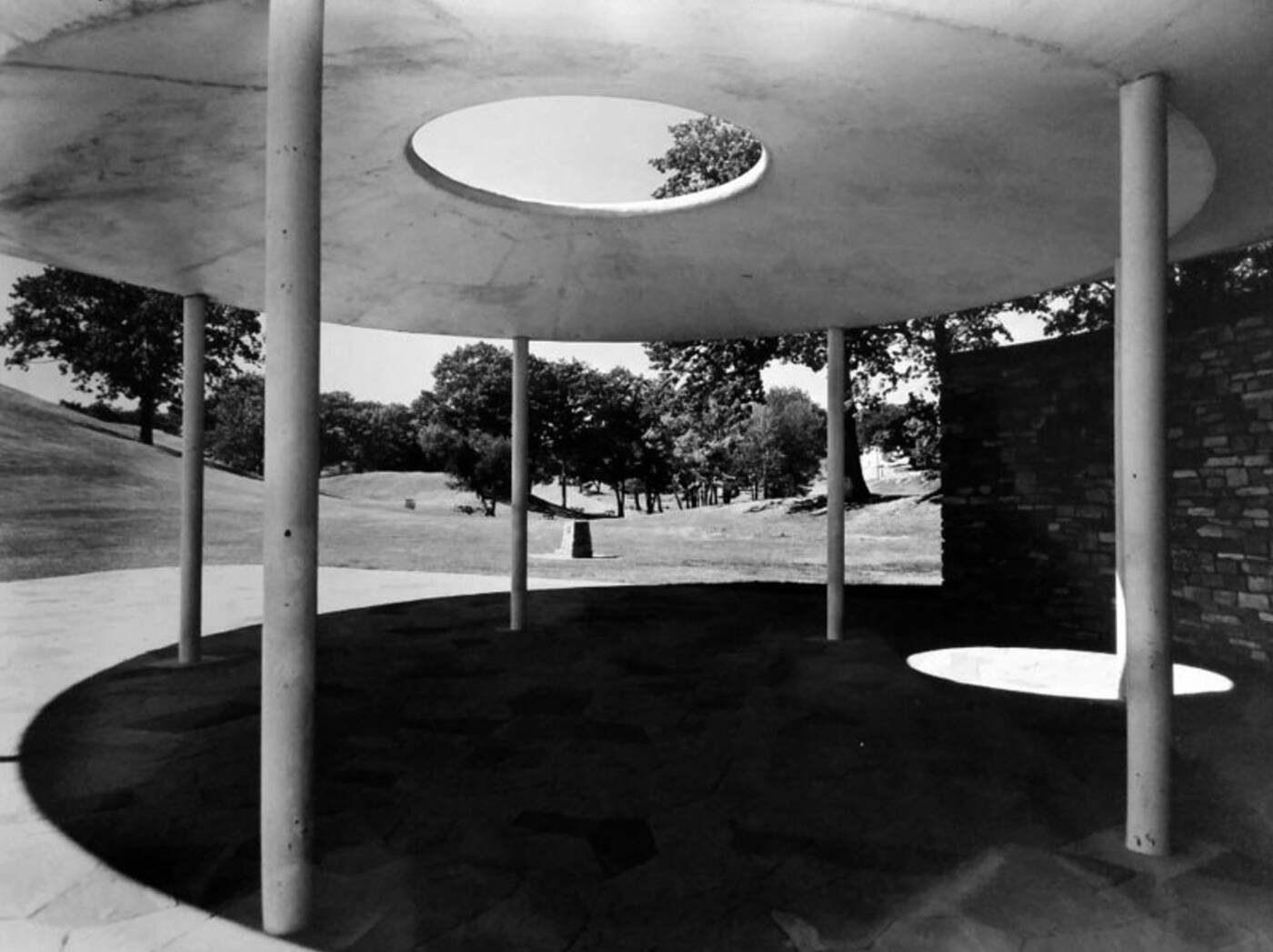
South Humber Park Oculus. Photo via the Canadian Architectural Archives.
South Humber Park's Oculus also faces a troubling future. Built in 1959 to plans by architect Alan Crossley, it's long been a hidden if deteriorating gem of Space Age design in Toronto.
Recent plans to revamp the structure would destroy its unique design and render it virtually unrecognizable. It recently received a colourful makeover and will soon become a vibrant public space.

20 Prince Arthur Ave. Photo by Jonathan Castellino.
If you want to soak up the influence of Space Age design on the scale of a neighbourhood in Toronto, head to portion of the Annex between Bedford and Walmer roads north of Bloor St. There you'll find numerous examples of architect Uno Prii's modernist apartment buildings.
20 Prince Arthur Ave. is probably is most famous Annex-area building, but 44 Walmer Rd. is probably the most obvious in its Space Age sentiments.
Prii took what might have been Brutalist apartment buildings and turned them into sculptures that harkened to space travel and life among the stars.
It's easy to overlook Toronto's quirkiest modernist architecture, scattered as it is across the city. But if you stop to considered it for a moment, there's something unmistakably beautiful to be found here.
This is more than just a set of design attributes, but the sense of ambition that these buildings communicate.
They are remainders of our grandest mid-century dreams.
Latest Videos
Latest Videos
Join the conversation Load comments







